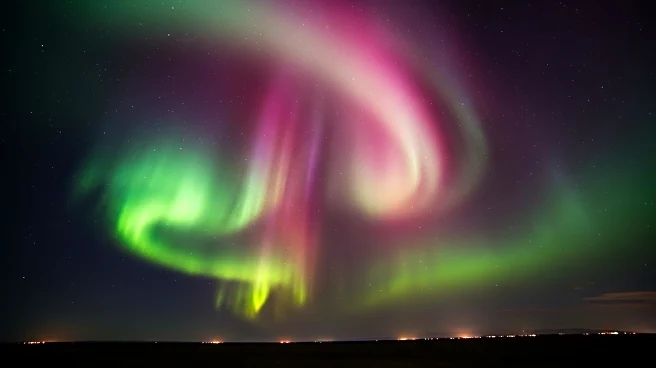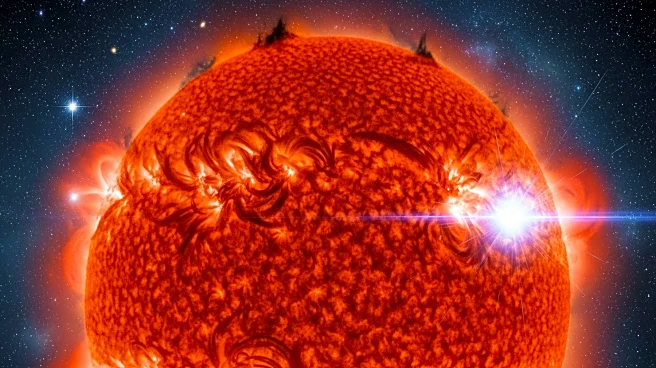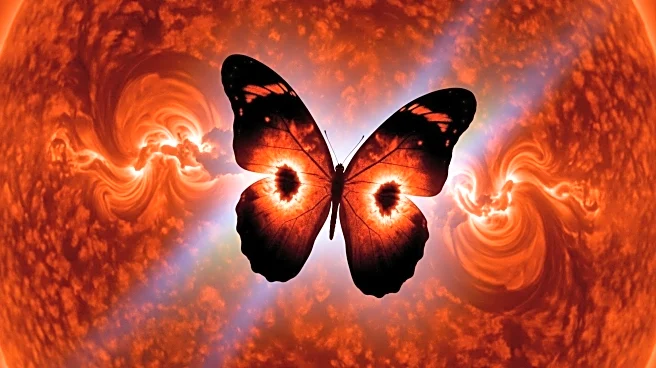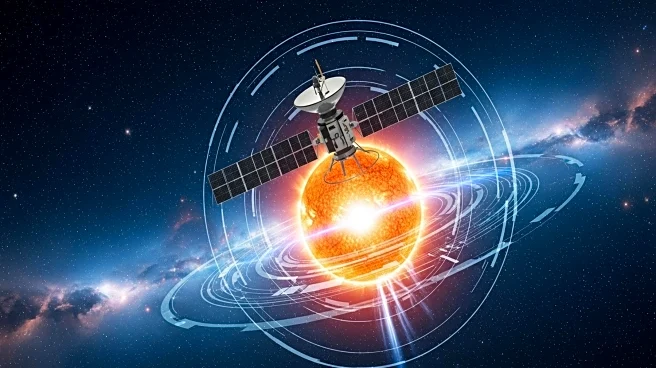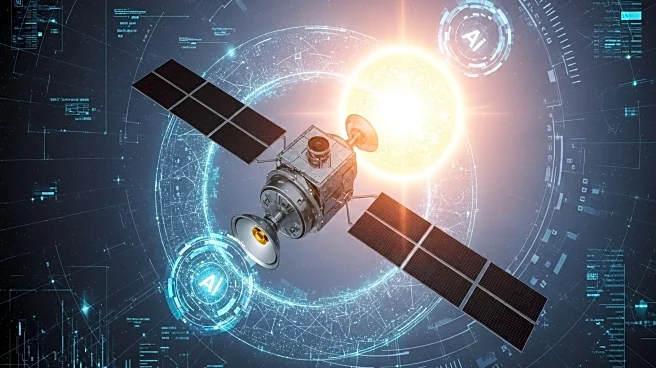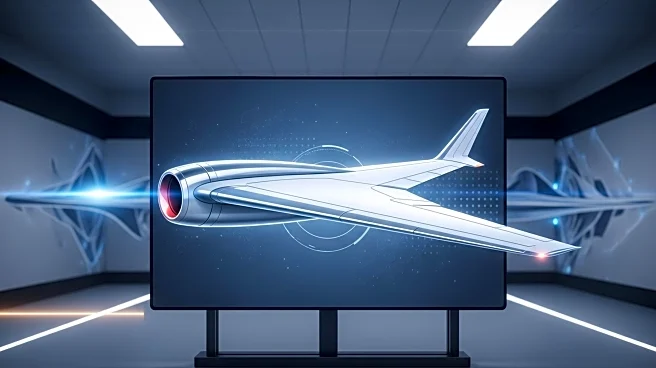What's Happening?
A significant coronal hole in the sun's atmosphere, shaped like a butterfly, is releasing a high-speed stream of solar wind towards Earth. This phenomenon is expected to cause geomagnetic storm conditions, potentially reaching G2 (moderate) levels, between September 13 and 14. The U.K. Met Office and NOAA's Space Weather Prediction Center have issued forecasts, with NOAA predicting G1 (minor) conditions but acknowledging the possibility of stronger activity. Geomagnetic storms occur when solar wind interacts with Earth's magnetic field, leading to auroras. The current solar activity coincides with the Russell-McPherron effect, which enhances geomagnetic activity around the equinoxes.
Why It's Important?
Geomagnetic storms can have significant impacts on various sectors, including satellite operations, power grids, and communication systems. The potential for a G2 storm means that auroras could be visible at mid- to high-latitudes, affecting regions in the Northern Hemisphere such as Canada and Scandinavia. The increased geomagnetic activity during equinoxes, due to the alignment of Earth's magnetic field with the solar wind, underscores the importance of monitoring space weather. Understanding these phenomena is crucial for mitigating risks to technological infrastructure and ensuring the safety of space-based operations.
What's Next?
As the solar wind reaches Earth, space weather forecasters will continue to monitor the situation closely. Stakeholders in industries reliant on satellite communications and power distribution may need to prepare for potential disruptions. The scientific community will also be observing the event to gather data and improve predictive models for future solar activities. Public interest in auroras may lead to increased skywatching activities in affected regions.
